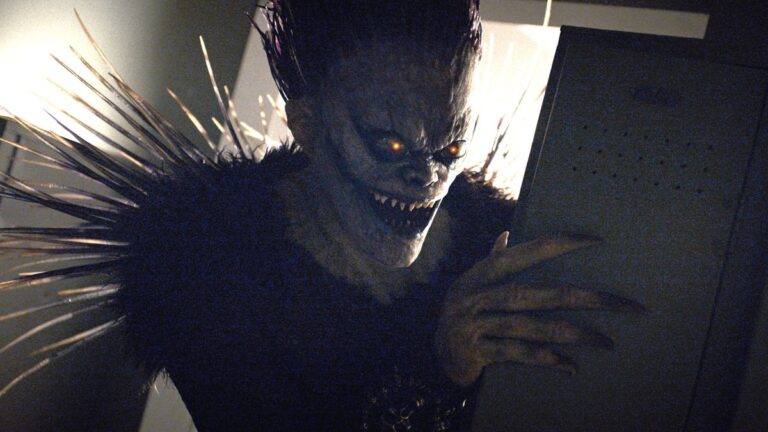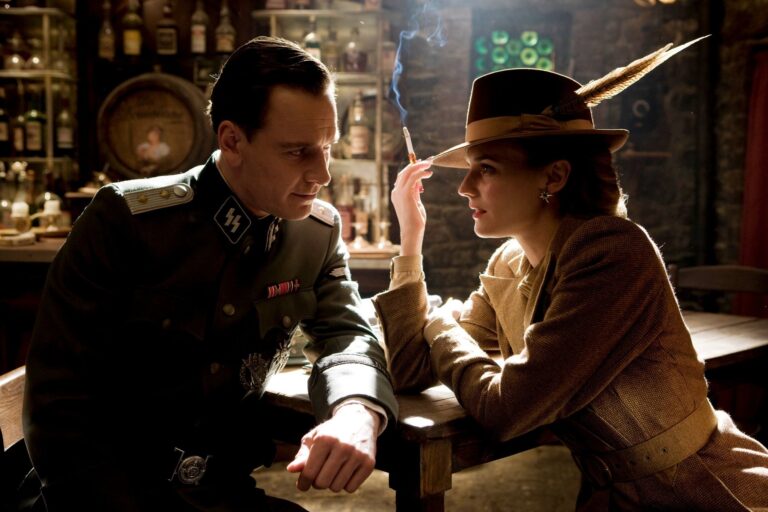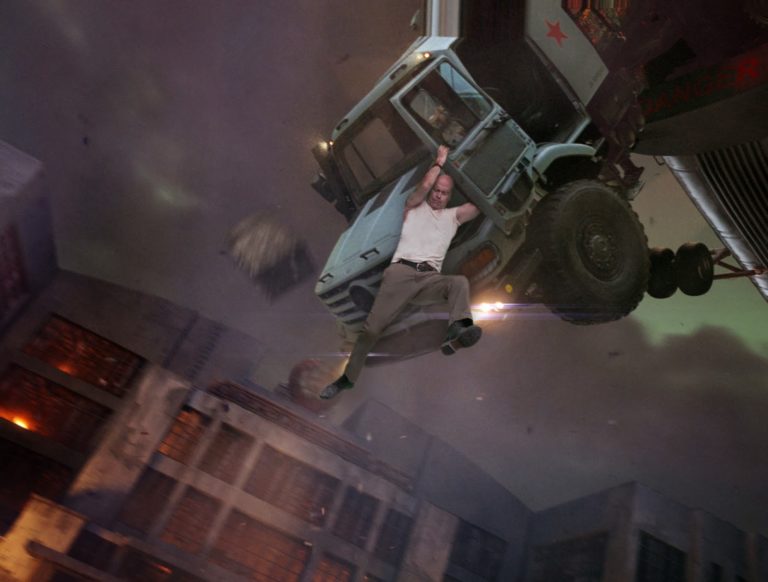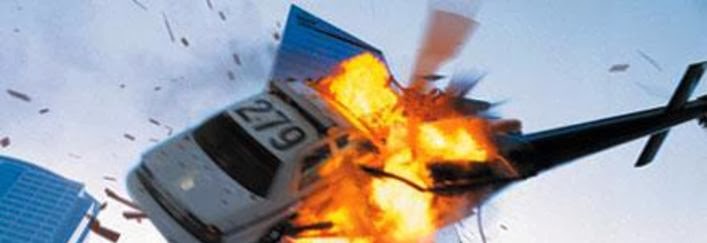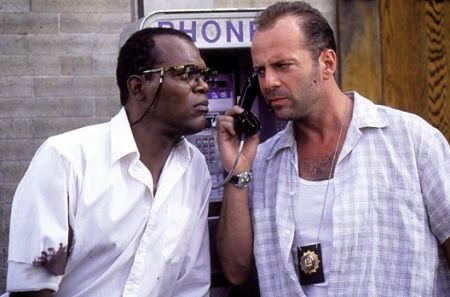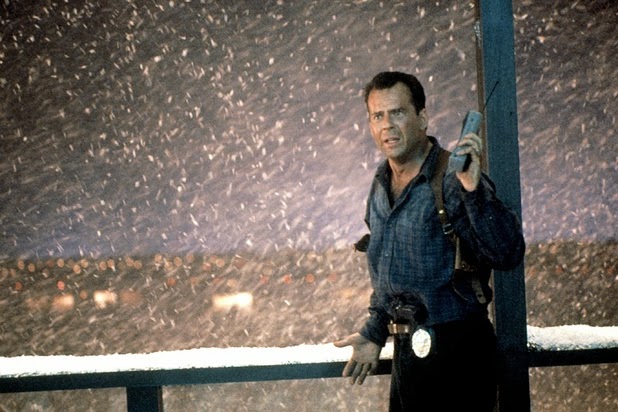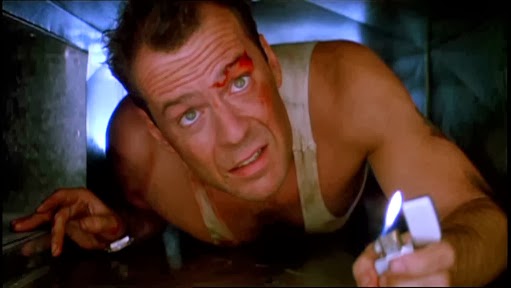Rounding out this new series of favourite and least favourite media, we have my list of the...
Die Hard
25. Heat (1995) “Epic” is one of those terms that can get thrown around willy-nilly, but Michael...
Merry Christmas good readers, and welcome back to the Die Hard retrospective! In this entry, we’re going to...
Welcome back to the Die Hard retrospective! In this entry we’re going to cover the fourth film in...
Welcome back to the Die Hard retrospective! In this entry we’re going to cover the third film in...
Welcome back to the Die Hard retrospective! In this entry we’re going to cover the second entry in...
Welcome back good readers to the beginning of a new retrospectives series! If you need to get...
